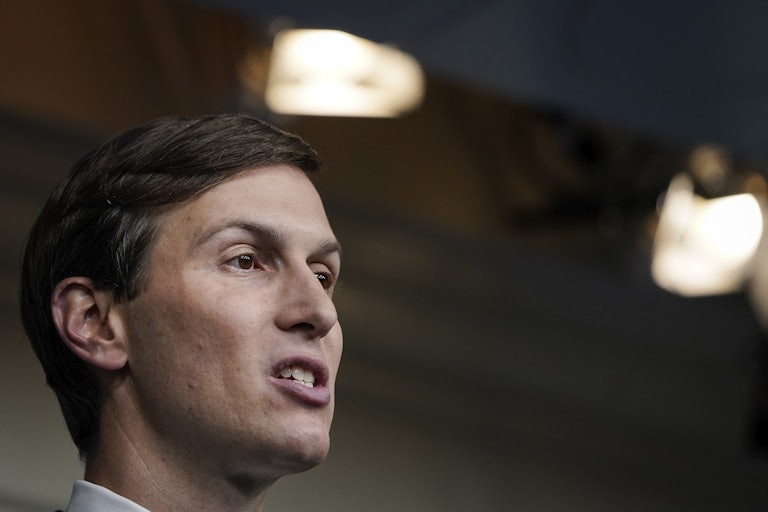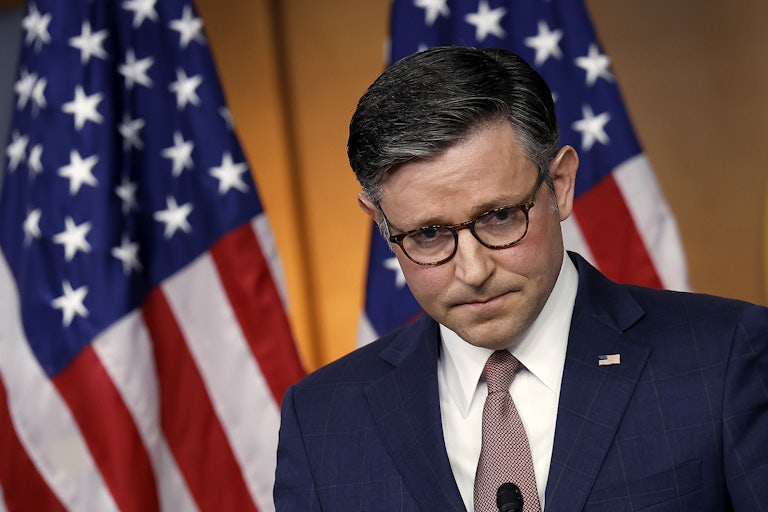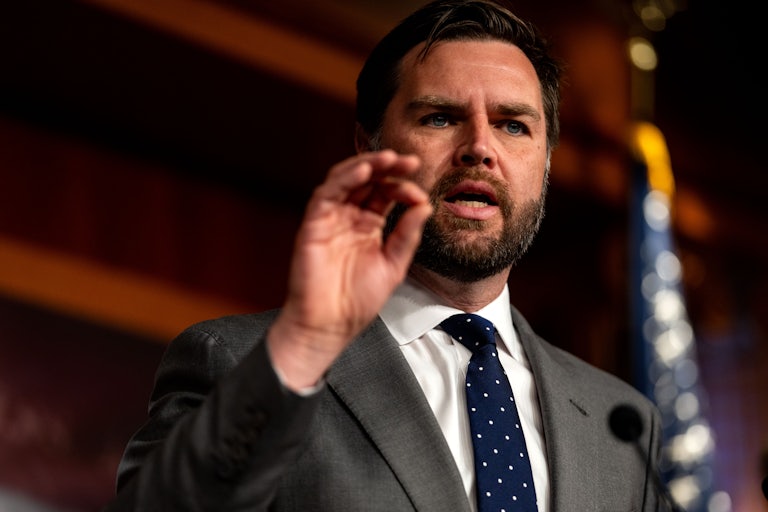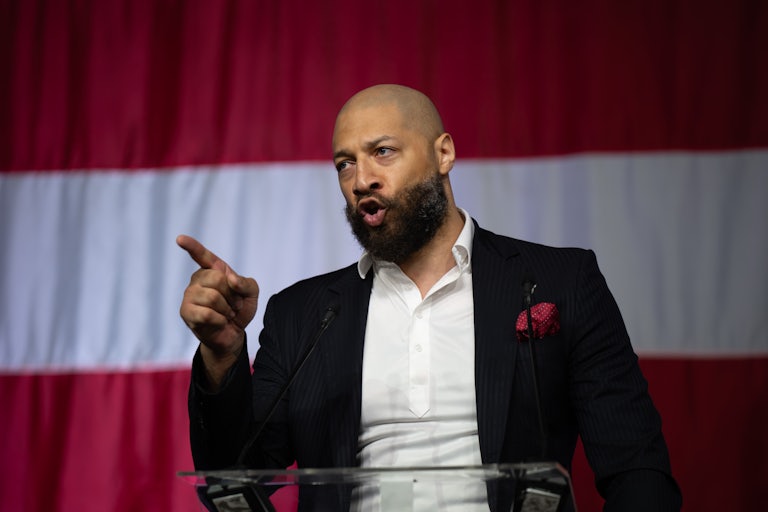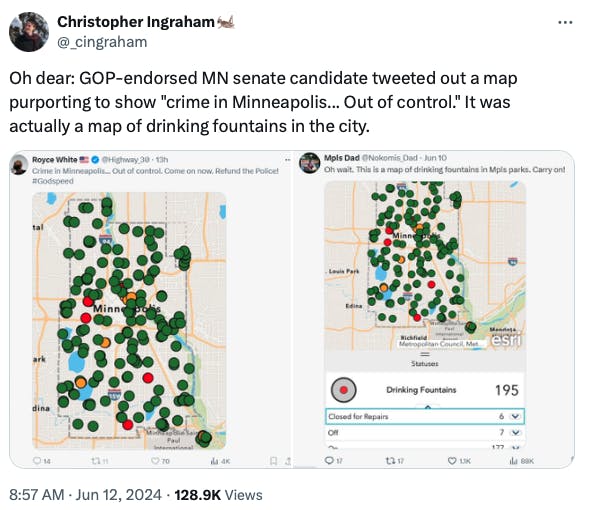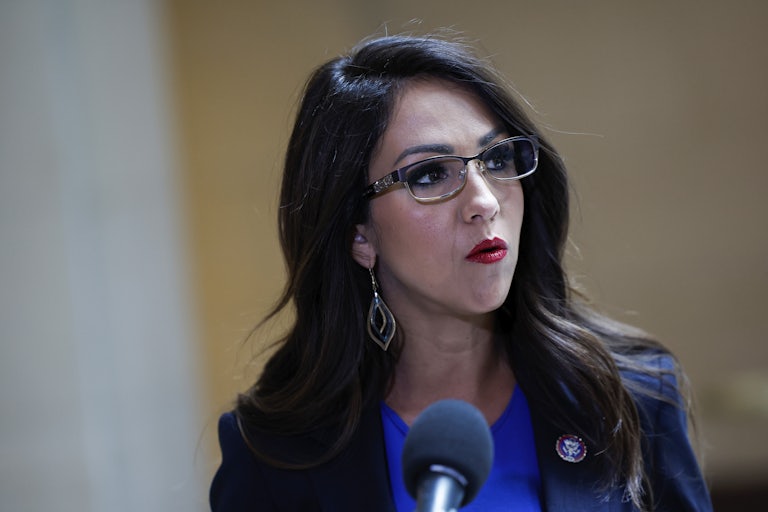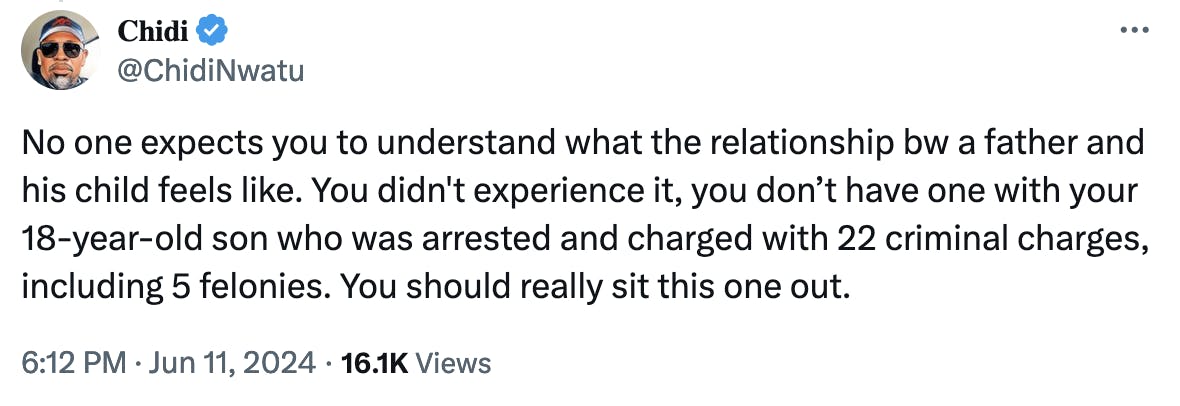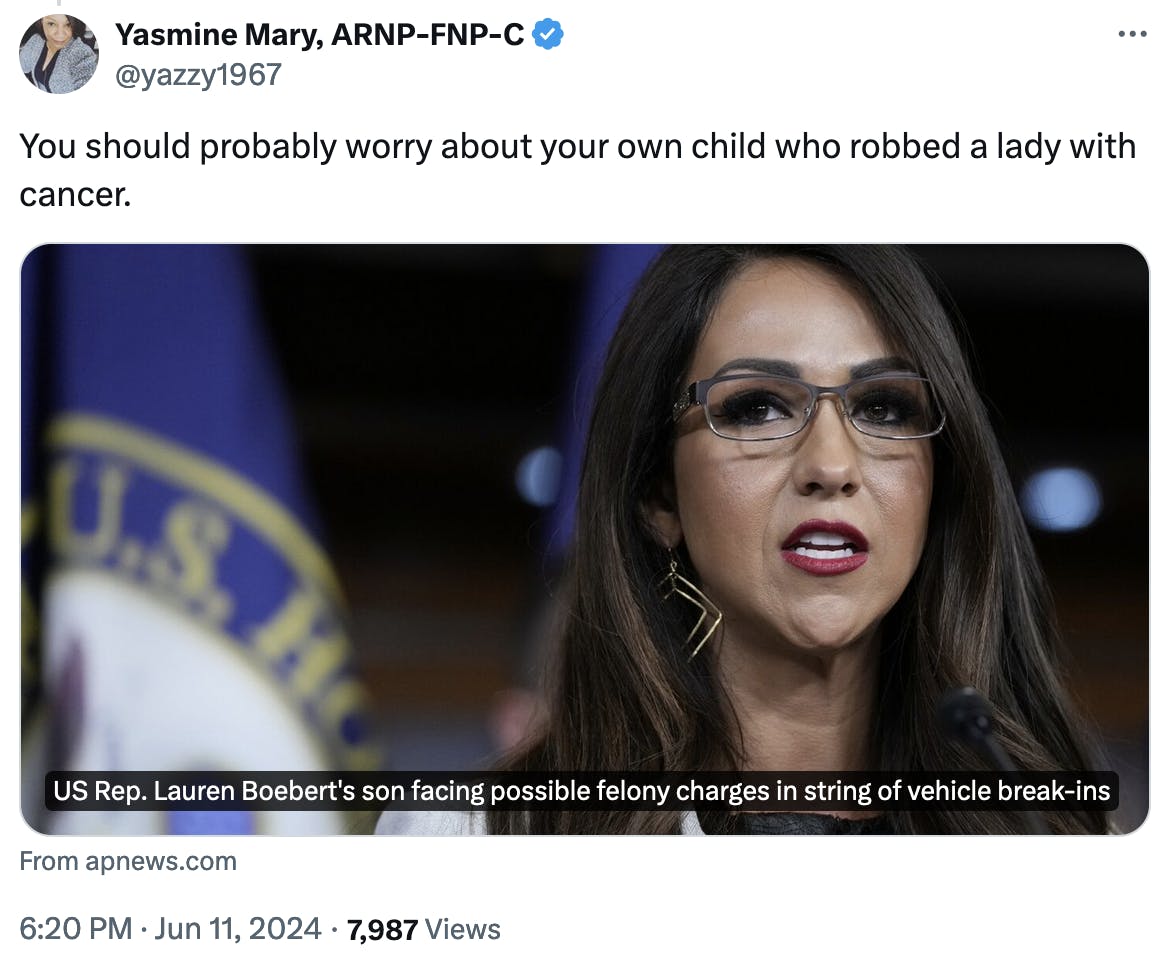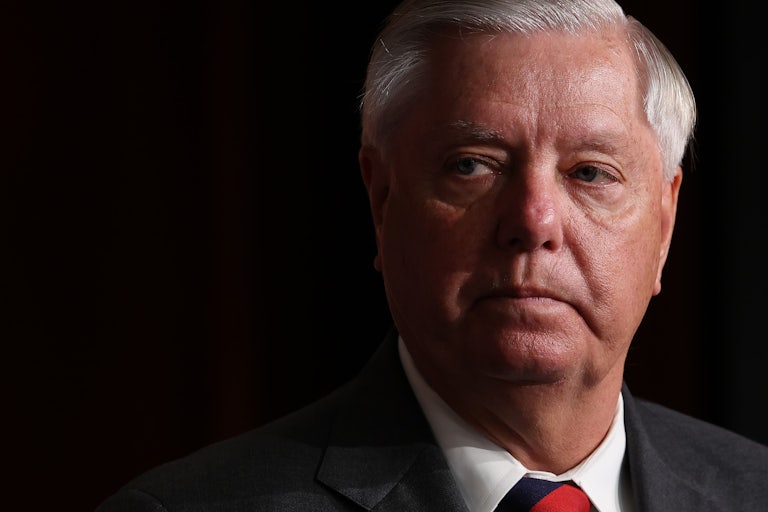Stable Genius Trump Pitches Idiotic Idea on Bitcoin Mining
Does Donald Trump actually understand how cryptocurrency works?
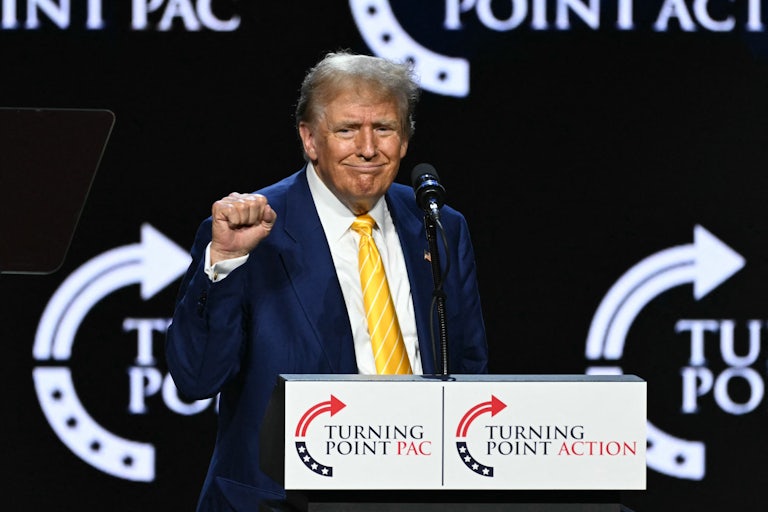
Donald Trump wants to bring Bitcoin mining back to the U.S.—but it’s not entirely clear that he knows what cryptocurrency even is, or how massively its production strains a country’s infrastructure.
“VOTE FOR TRUMP! Bitcoin mining may be our last line of defense against a CBDC,” the presidential candidate wrote Wednesday on Truth Social, referring to a “central bank digital currency,” or a digital version of the American dollar.
“Biden’s hatred of Bitcoin only helps China, Russia, and the Radical Communist Left,” Trump continued. “We want all the remaining Bitcoin to be MADE IN THE USA!!! It will help us be ENERGY DOMINANT!!!”
But promising to make Bitcoin mining exclusively American wouldn’t exactly be a good thing for the nation, and the very premise of the proposal calls into question whether Trump actually understands what he’s talking about. Mining Bitcoin involves using a decentralized global system of computers to process a blockchain—a long sequence of ones and zeros that effectively translates into a digital public ledger to verify the authenticity of a sale.
Once a Bitcoin is bought and sold, a new line of information is added to the blockchain. Mining Bitcoin requires a computer to solve extremely complex mathematical problems in order to process that chain. In exchange, the miner receives a predetermined amount of the digital currency as payment.
Around the world, Bitcoin miners use approximately 348 terawatt hours of energy (the prefix “tera-” meaning trillions) per year. That means that crypto mining alone consumes more energy annually than most countries in the world use for all residential and commercial activity, including the United Kingdom, Italy, Mexico, Saudi Arabia, and Australia, according to data aggregated by Visual Capitalist.
As it stands, the majority of Bitcoin mining already takes place in the U.S., accounting for 37.8 percent share of the entire network by hashrate (a computational measure of a cryptocurrency’s blockchain). That’s been the case since the summer of 2021, when China—which previously represented 75 percent of the hashrate—initiated a crackdown on the digital asset, fearing that the highly volatile currency could undermine their nation’s monetary system.
Ultimately, Trump’s promise that more crypto mining would make the country “energy dominant” simply doesn’t make sense. Mining Bitcoin doesn’t produce energy, as Trump’s call for “energy dominance” would imply. Instead, it requires a massive but incredibly unpredictable amount of energy to produce.
It’s unclear just how much energy crypto mining consumes, as the cryptocurrency lobby has actually fought hard to keep the industry’s energy expenditures under wraps. In March, the Department of Energy settled a lawsuit brought by Riot Platforms, halting an “emergency survey” that sought to quantify the amount of energy used by crypto miners while agreeing to erase all energy consumption data that had been collected up until that point.
But the infrastructure strain can be pictured in other ways: In August, taxpayers in Texas paid Riot $31 million not to mine in an effort to stave off rolling blackouts and spare the state’s electric grid.
Trump’s promise may, however, benefit a different sector entirely: the fossil fuel industry, which currently accounts for most of the energy creation in the U.S. and, as a by-product, fuels the majority of mining data centers. Approximately 96 percent of Riot’s energy was supplied by fossil fuels, despite the miner’s claims that it supports the use of renewable energy, according to an analysis by WattTime, a nonprofit tech company.
So his new stance on Bitcoin might make sense after all, given how much of an effort Trump has made recently to cozy up to oil and gas executives.
